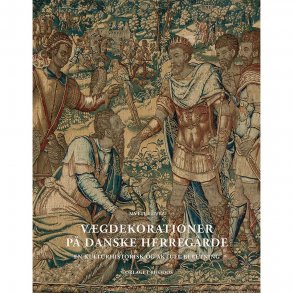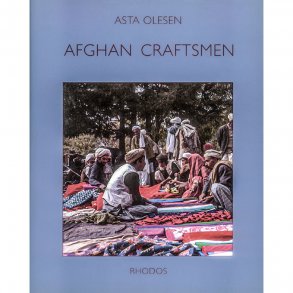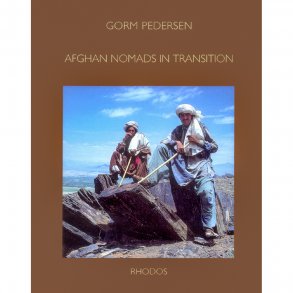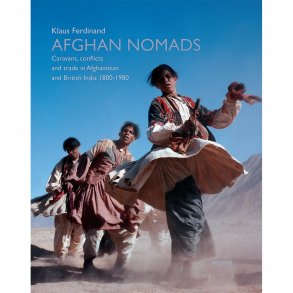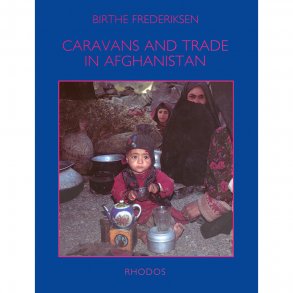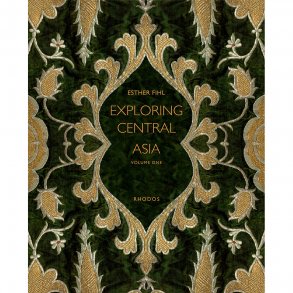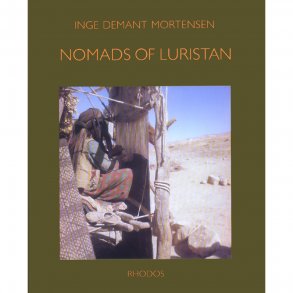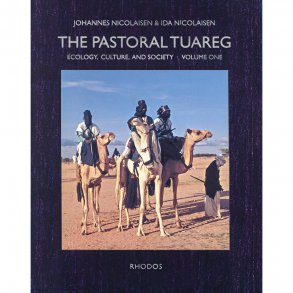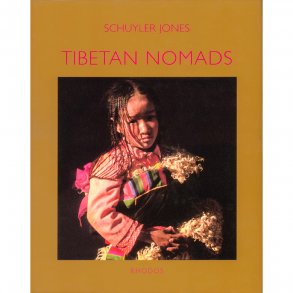As the last ‘Kafirs’ of the Hindu Kush, the Kalasha still worship their polytheistic religion. In honour of their gods Kalasha celebrate feasts with sacrificing of goats, milk, bread, cheese and juniper.
They inhabit three narrow valleys of the mountainous area in the northwest of Pakistan – Rombur, Bomburet and Birir – all close to the frontier with Afghanistan. The houses are perfectly adapted to the local conditions, clinging to the hillsides to avoid occupying the fertile soil of the valleys.
A defining aspect of Kalasha culture is a gender-based dichotomy, which pervades everyday life and is inextricably linked to the people’s concept of their universe and religion. While irrigation agriculture is managed by the women, who also grind wheat and maize in numerous watermills scattered all over the valleys, the men attend to the transhumance goat husbandry in the high pastures.
In a society without a written language the Kazi or ‘Guardian of Tradition’ is in charge of important aspects such as rituals and local laws. The Kazi is also the legend teller embracing the Kalasha history. Being a minority under the Islamic Republic of Pakistan the Kalasha, however, have to continue defending their language, unique culture, and traditional religion.
The Kalasha have long attracted international scholars and this lavishly illustrated book continues a widely acclaimed tradition of Danish research into Central Asia.
Contents: Introduction - Kalasha history, and politics of Islam – THE VALLEY - Cosmology – Livelihood – Legends as history – Architecture – Pantheon & rituals – THE HIGH PASTURE - Seminomadism in Kalashadesh – Becoming a Myth? – Appendix A: Kalasha Gods and shrines - Appendix B: Collecting Material Culture in the Valleys - Appendix C: Nutritive Value of Kalasha Crops - Appendix D: Watermills in Kalasha Valleys and their ownership - Appendix E: Watermills in Kafiristan - Appendix F: Chitral Area Development Project - Appendix G: Transliteration of Kalashamon words – Glossary – Bibliography – Photographers – Index.
Hardcover, large format: ca. 24,5 x 30,5 cm. 2010. 548 pages with 440 illustrations, including more than 20 architectural drawings of houses and watermills by John Harrison, and two maps. The vast majority are colour photographies by Mytte Fentz, Torben Stroyer and John Harrison. The front cover shows houses in Guru (background) and a Birir woman.
”Mytte Fentz har med bogen om Kalashfolket rejst et smukt monument over et lille folk på grænsen til Afghanistan ... Det er en bog at gå på opdagelse i. Nyd den. Find en god lænestol og gå ind i fotografi erne. Mærk kulden, røgen, mørket, snavset og lugtene i husene. Se den usynlige verden med frygtlige tabuer og lykkebringende steder. Hør sangene og latteren og glæden ved de store fester. Det er der altsammen....” (Hjalte Tin, anmeldelse i Politiken)
Mytte Fentz, who holds an M.A. in Medieval Archaeology and Ethnography from Aarhus University, Moesgaard, Denmark has worked and published in both fields (e.g. "Vægdekorationer på danske herregårde", Danish edition only). As a Research Associate with the Institute of Ethnography and Social Anthropology at Moesgaard she has over several years lived for long periods with the Kalasha, sharing their daily life with its joys and hardships. Based on a large amount of collected field data, her dual academic disciplines provide a new approach to the description of this remarkable mountain people.
